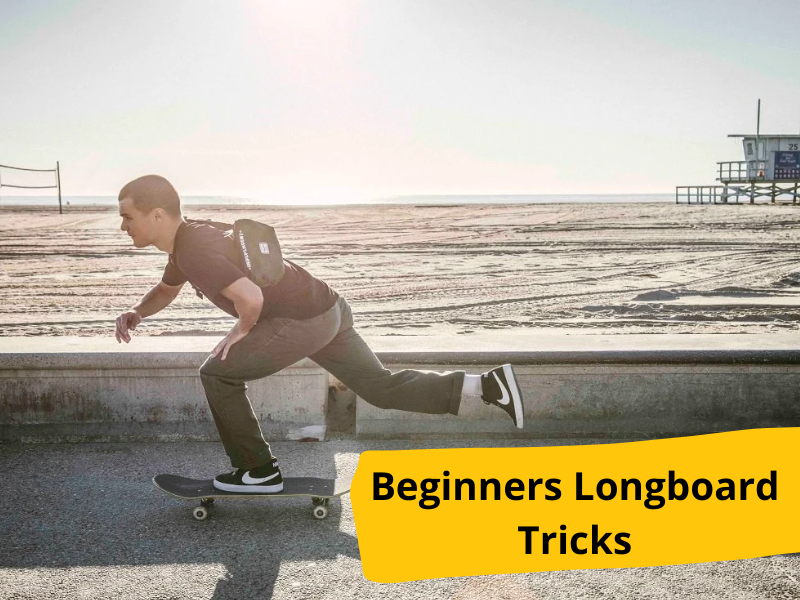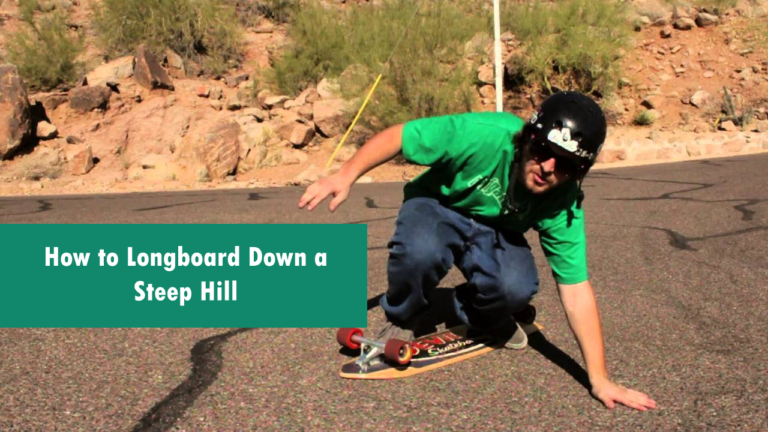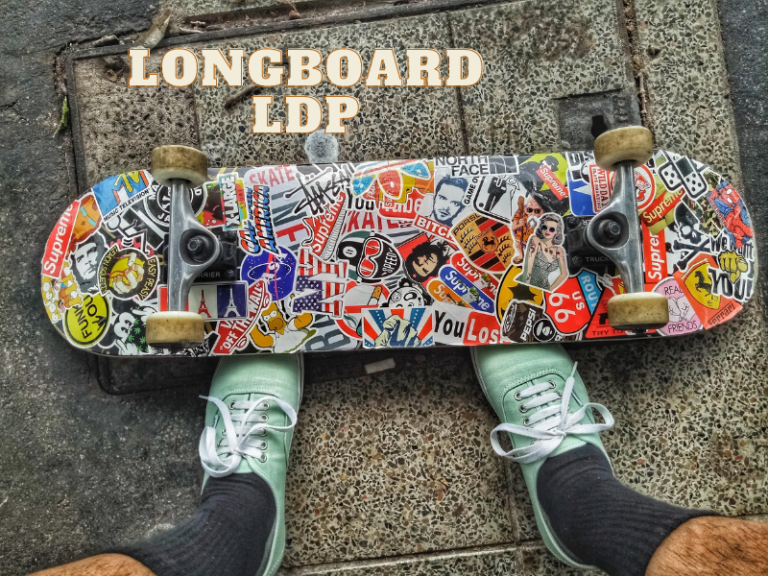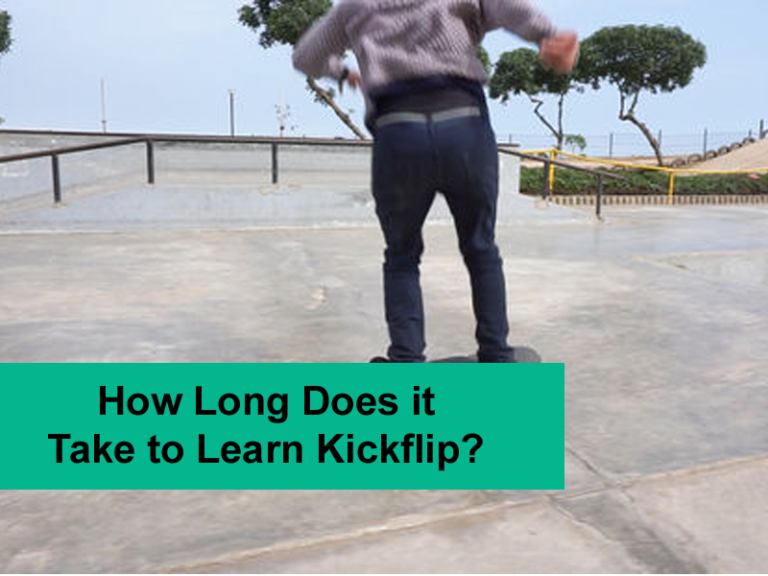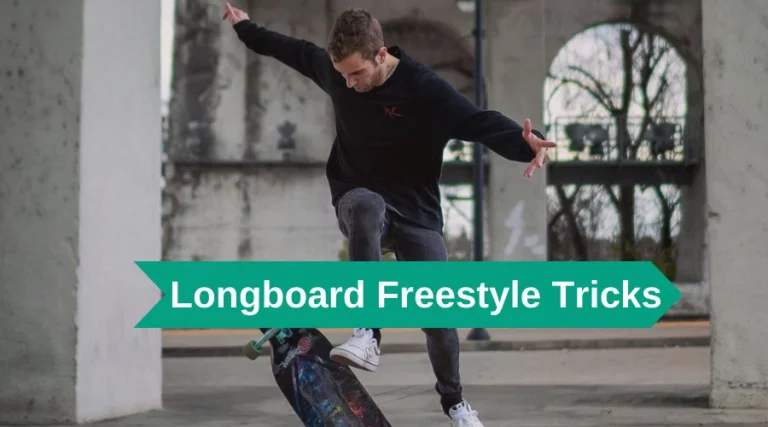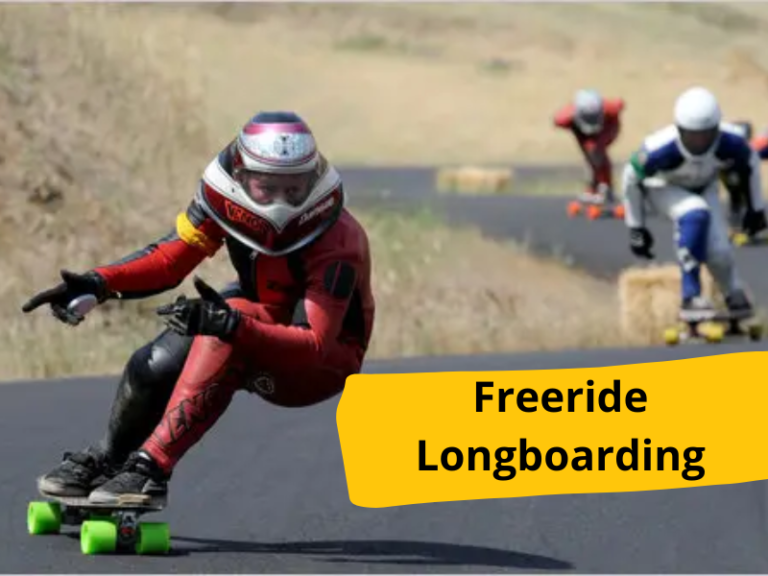10 Beginners Longboard Tricks: How to Longboard Beginners
Longboarding is a great way to stay active while having fun at the same time! It is a popular pastime for people of all ages, but it seems to be growing in popularity among the younger crowd as well.
Those who fall into this category should read our article on 10 beginners’ longboard tricks to make sure they get a sturdy board.
Let’s look at 10 beginner longboard tricks you can master when you’re just starting.
Easy longboard tricks for beginners
1. The Pivot
When you learn how to pivot, you’ll be able to change your direction of travel. In a sense, it’s a 180-degree rotation that you perform simultaneously with your longboard and your body.
First, place your front foot on the longboard’s nose and shift your weight to your back foot.
It is possible to create a whole-body movement guided by your body and the foot on the front of the longboard – you rotate with the complete longboard and end up going in the same direction you were coming from.
2. The Downhill Tuck
While driving downhill, you can perform the downhill tuck, a fun trick that allows you to ride lower and catch more speed.
With your front foot angled slightly diagonally and your back foot standing straight, you’re ready to take on various challenges.
You then need to lower your back knee slightly and place your chest on your front knee, which is the one that’s a little higher than the others.
3. The Heel 180 Slide Stand
You’ll learn how to drift on your longboard with this trick. If you’ve ever wondered how to perform a trick like this one, you’re not alone.
Put your feet on the board, but keep your heels dangling slightly. Next, shift your weight to the front of the board and keep your back foot light so that you can control the board with your foot.
A whole-body movement from your shoulders to hips to back foot is needed to make the board rotate. As a result, you’re constantly generating noise and friction while drifting.
4. The Foot Brake
You must learn how to use the foot brake to drive safely. It’s a simple trick: You ride your longboard with your normal stance, and when you want to brake, you put your back foot down on the ground. You can even do it on a mini board.
As a result of the friction caused by stomping on the ground, your pace slows. It would be better if you didn’t do this. Keep your braking knee straight and avoid using your front foot as the bread.
5. The Cross Step
The cross-step is one of the simplest tricks and the best for longboarders who don’t want to jump. While it’s a simple illusion, it makes for a striking visual effect.
You begin by putting your front foot on the back of the longboard and then switch to your regular stance.
Return the feet to their original positions by placing your back foot in front of your forward-moving foot. The cross-step is so named because it involves crossing your legs by moving your back foot over your front foot.
6. The Ghost Ride
The ghost ride is a fun trick that many people enjoy when they want to combine longboarding and dancing.
Starting with both feet firmly on the board, you then take a few dance-like steps alongside the longboard as it travels at a high rate of speed. Then it’s back to the water for you. If you’re just learning, stick to two small steps at a time and step back onto the board with each step.
7. Single Foot Balancing
The “one-foot balance” is another name for this move. It aids in braking and maintaining a stable stance. Try to maintain one-footed balance while riding a longboard, with your driving foot at the back of the longboard. Longboarders frequently raise the nose of their boards.
Your driving leg propels you forward, and your balancing (driving) foot stays in sync with the pedal it is pushing. To maintain your equilibrium, it’s a good idea to keep your arms spread out in front of you.
8. The Peter Pan
No rotations or jumping are involved in the Peter Pan trick, which is why it is often referred to as a criss-cross technique. Your back foot should now be parallel to the longboard as if you were walking in a straight line rather than in the direction of your movement.
The second foot then crosses over the first one as if you were walking forward. Exaggerating normal walking by putting your feet over each other, you can do as much or as little as you’d like.
To keep the right foot on the left edge, the left foot must always be parallel to the right edge.
9. The Pirouette
Despite its appearance, this trick is a lot easier than it appears! You must keep your balance on the ball of your front foot while riding your board.
An inch or two is added to the height of the back foot here. You can complete 360 degrees by rotating your foot on the ball (not the heel!). With your hands, you can keep your balance.
10. The Boneless
The boneless trick may be the most difficult, but it’s not impossible. Your first step is to lower yourself to the ground in your normal stance, then place your heel on the back of the board so that your hands and feet are on the board’s edge in the middle.
Then comes the tricky part. A small jump is required, followed by a return to the longboard after stepping off with your front foot.
What is the easiest longboard for beginners?
Over 99% of first-time longboarders should opt for a cruiser model. A cruiser board at least 30″ long and 8.5″ wide would be ideal for a beginner.
You’ll be able to keep your balance more easily if the deck is long and wide. Large/soft wheels (77a-83a / 60mm-80mm) allow easy rolling over cracks and bumps.
Can you do a kickflip on a longboard?
If you want to learn how to kickflip your longboard, follow the steps below in the order, they are listed. It’s not a good idea to start watching both videos at the beginning. Don’t even think about it. The kickflip has many moving parts, and overloading your brain with information can make things worse.
Why do my feet hurt when I longboard?
Overusing the foot’s plantar fascia (the band of connective tissue that runs from the heel to the toes) can lead to plantar fasciitis. Skateboarders are more likely to suffer from heel and arch pain because of the intense, gripping motion of their toes and a lack of calf strength or flexibility.
Conclusion
This article aims to teach you the fundamentals of technique so that you can pick up these tricks as quickly as possible.
We briefly discuss the advantages of longboards for freestyle and trick learning and development. Tails over 3 inches wide enough to hold your foot in place are ideal for skateboarding.

I am a longboarding enthusiast and a blogger. On this blog, I share tips, tricks, and advice based on my experience. I am dedicated to helping newbies improve their skills and enjoy this fun activity to the fullest.
Disclosure:This post may contain affiliate links. If you click on a link and make a purchase, we may earn a commission at no additional cost to you. Learn more.

